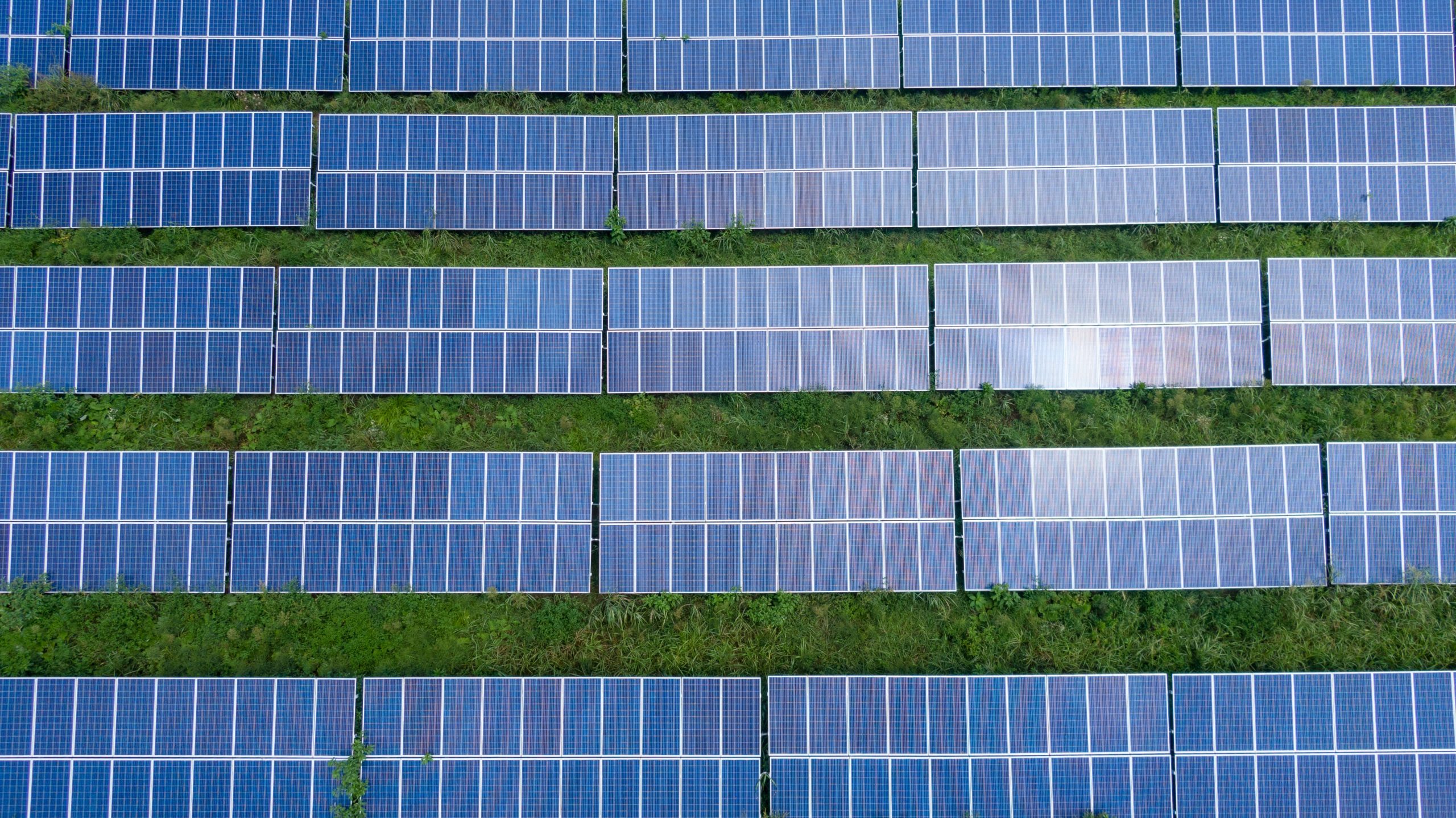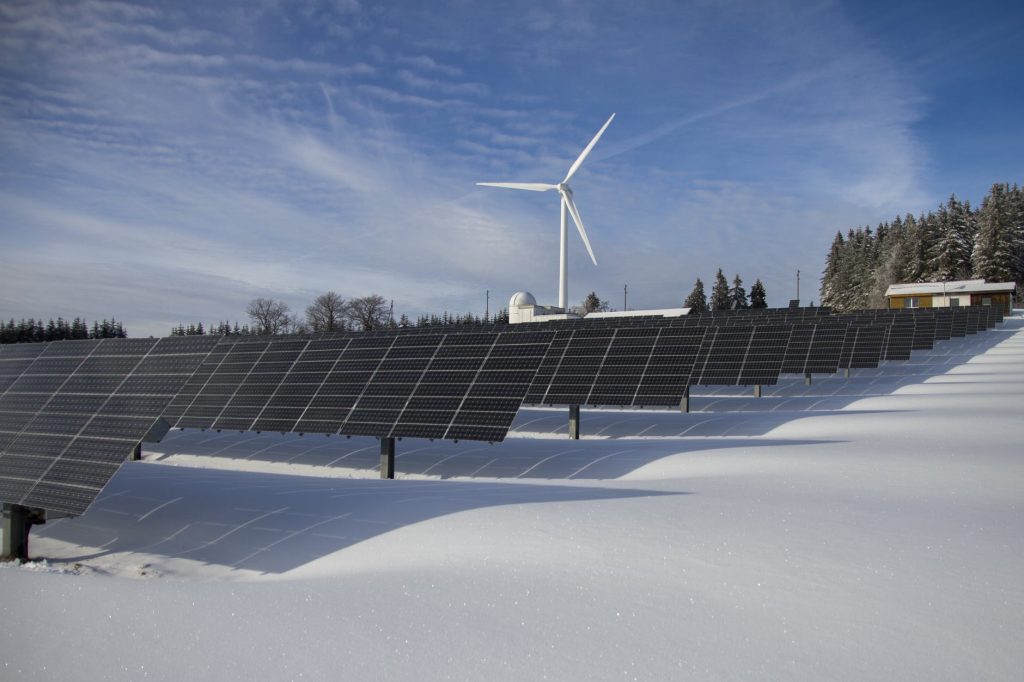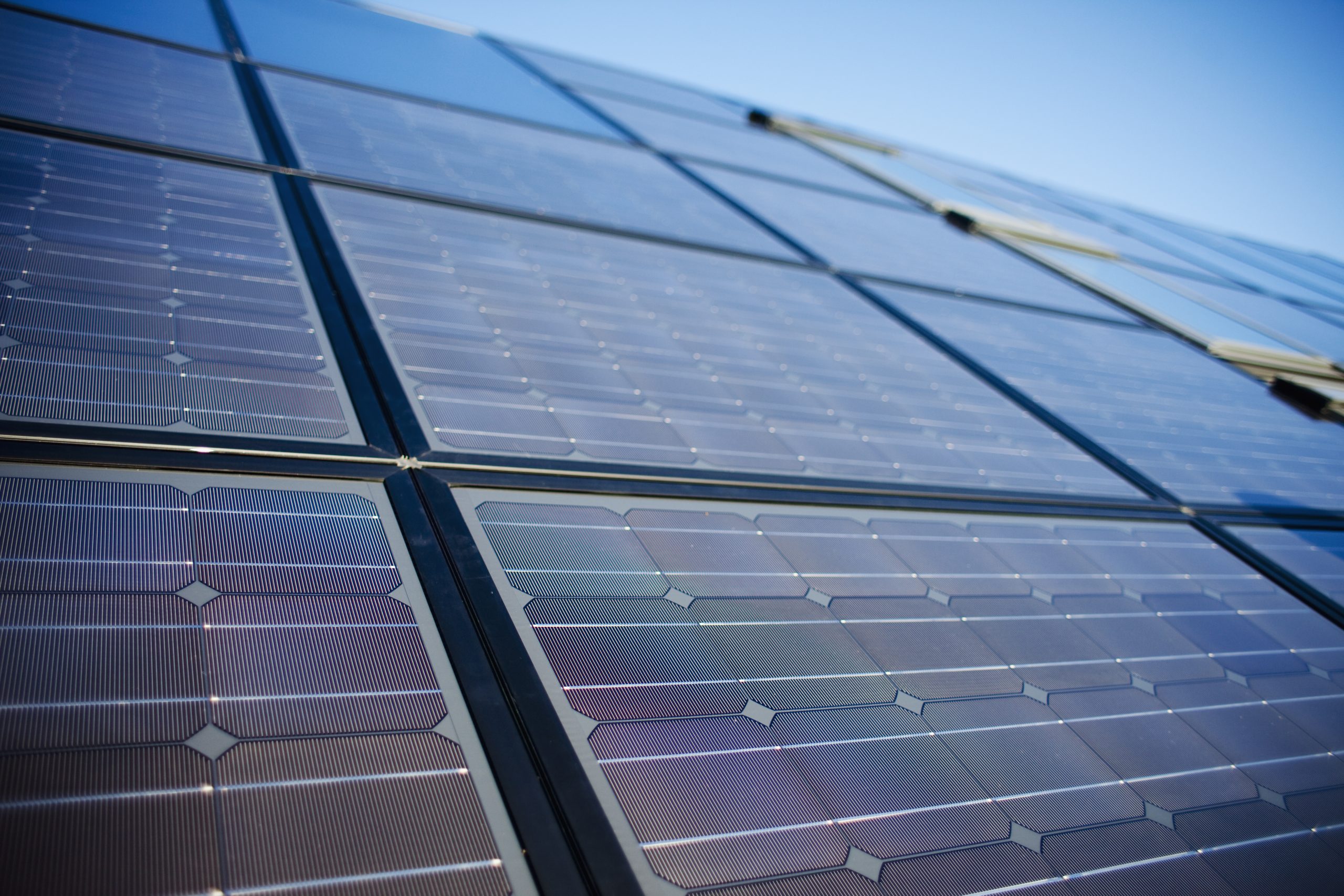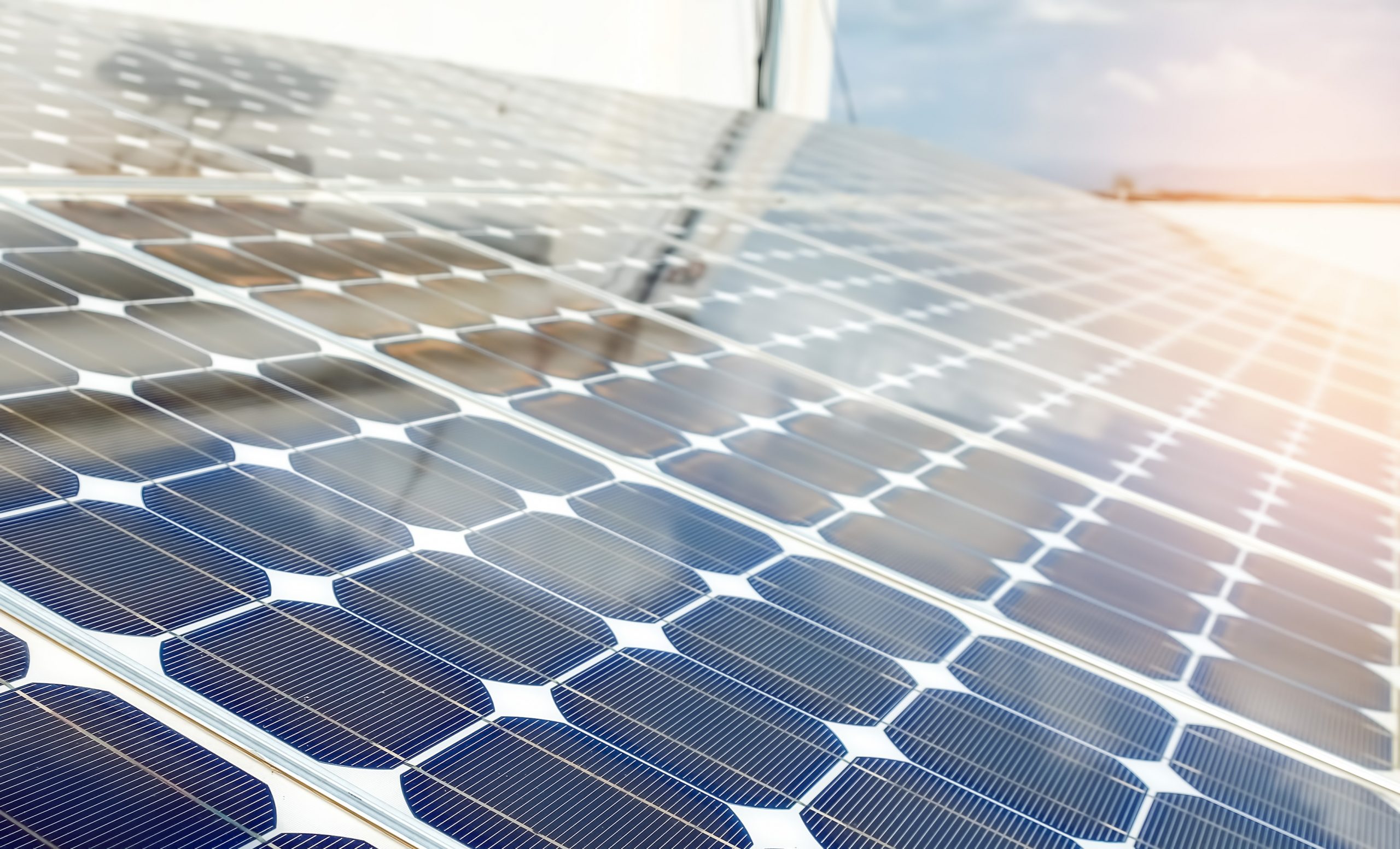
WHAT IS THE LEGISLATIVE ALIGNMENT OF THE ESCOSOLAR PROPOSAL?
WHAT IS THE LEGISLATIVE ALIGNMENT OF THE ESCOSOLAR PROPOSAL?
October 2, 2003
Regulation on electricity generation in the electricity market
January 17, 2018
Regulation amending the electricity market on unlicensed electricity generation
January 18, 2018
Procedures and principles about unlicensed production applications and surplus energy usage
May 12, 2019
Unlicensed electricity generation and regulation in the electricity market
June 26, 2019
Monthly offset distribution tariffs on rooftop and facade solar implementations
February 19, 2020
Electricity generation and electricity storage facilities acceptance regulation
June 19, 2020
Electricity market tariffs regulation (Green Tariff)
June 25, 2020
Amendment to the licensing regulation principles for licensing processes of power plants produced from multiple sources (HYBRID)
August 21, 2020
Ruling on procedures and principles for public energy performance contracts
November 14, 2020
Renewable energy resource guarantee certificate in the electricity market (YEK-G: the Renewable Energy Resource Guarantee)
Chronological Legislation Regarding Rooftop Solar Systems

What the New Legislation Brings
In accordance with the Regulation on Unlicensed Electricity Generation in the Electricity Market published on May 12, 2019, there have been significant changes, especially in the installation of solar power plants on the rooftops and facades. With the new regulation, natural or legal persons can meet their internal needs by installing a solar power plant instead of the electricity they use from the grid, and the excess electricity produced can be sold back to the grid. This regulation lifted the transformer capacity limit in such installations and has paved the way for the solar sector.
With the new regulation;
- Industrial facilities will be able to meet their electricity consumption needs (limited by connection contract power) from the solar power plant they will install on their roofs.
- Electricity consumed monthly will be deducted from the electricity produced and the remaining amount will be billed.
- If the electricity produced on a monthly basis exceeds the electricity consumed, this amount of energy can be sold by invoicing the relevant Energy Distribution Company at your electricity purchasing price.
- Or, if a company has electricity consumption in more than one location in the same electricity distribution zone, the amount of electricity produced in one location can be deducted from the consumption in other locations.
Moreover;
- The limit for unlicensed solar power plant installation has increased from 1 MW to 5 MW.
- It is now possible to sell the excess of self-consumed energy with a limitation of 10 kW for residential customers and 5 MW for all businesses and institutions.
- Evaluating rooftops, facades and other places available for electricity generation based on solar energy will be a priority.
- The cost of single-time active energy in its subscriber group for excess electricity produced in facilities subject to the Renewable Energy Support Mechanism will be valid for 10 years from the date of commissioning of the plant.
- A solar power plant can be installed so as not to exceed the “connecting power”, provided that the point of production and consumption is at the same point.
- The amount of electricity produced from the solar system and given to the grid as surplus and the amount of electricity drawn from the grid by exceeding the power of the solar plant will be deducted on a monthly basis.
Operation Of Legislation
In order to implement a solar power plant that can be installed to produce electricity to meet the electricity consumption of your business, it is necessary to first apply for a “Call Letter and Connection Opinion” through the Electricity Distribution Company to which your business is connected.
If this application is answered positively, the permission to install a solar power plant is granted through the relevant Electricity Distribution Company, with this permission, the process of preparing solar power plant electricity projects can be started. In order to build a solar power plant, projects must first be submitted to Turkish Electricity Distribution Corporation (TEDAŞ) and approved. Electricity generating facilities are required to be commissioned under the state guarantee.


Application Process
If you want to request an application for the installation of a solar power plant, it is necessary to apply to the electricity distribution company with the specified documents for rooftop installations;
- Unlicensed Production Connection Application Form,
- ‘Authorization Documents’ of persons/persons authorized to represent and bind a legal entity,
- A title deed belonging to the place where the production facility will be installed, or a lease agreement with a circular of signatures in the annex for a minimum period of two years,
- Subscriber number or numbers that provide the requirement under the paragraph 12 of the Article 6 of the Regulation,
- Receipt or warrant indicating that the application fee has been deposited into the account of the relevant grip operator,
- Single-line diagram showing the technical characteristics of the facility to be implemented,
- Technical evaluation form in the format prepared by the General Directorate of Renewable Energy,
- Information and documents revealing the partnership structure and control relationship of natural or legal persons who have a direct or indirect stake in the legal entity,
- Declaration to be submitted within the scope of the paragraph 10 of the article 6 of the regulation,
The information and documents that must be attached to the application file prepared for project approval of “Rooftop and Facade Solar Power Plant and Auxiliary Facilities” are as follows;
DOCUMENTS
- “Connection Opinion” and “Call Letter To Connection Agreement” letters received from the relevant distribution company,
- A letter of conformity approved by the Special Provincial Administration, Municipality or Organized Industrial Zone stating that the building is suitable for additional loads (snow, ice and wind load and solar energy system load to be installed) caused by the implementation of a rooftop or facade Solar Power Plant and that a rooftop and/or facade applied solar power plant can be built,
- System Basic Information Form (Annex-A) a. Electrical and physical specifications of each equipment belonging to solar energy technology to be used in the facility,
- System Designer Information,
- Other necessary documents in accordance with the electrical facilities project regulations.
CALCULATIONS
- Direct current (DC) cable calculations that show the power loss, voltage drop, and current-carrying control,
- Calculations that show the panel selection, and maximum and minimum inverter DC input voltage control,
- HV and LV cable calculations that show voltage drop, current-carrying, and short circuit,
- Short circuit calculations,
- Grounding and lightning rod plant calculations,
- Internal transformer power calculations (if any),
- Compensation plant accounts according to transformer rated powers (if any),
- Lighting and emergency lighting accounts (if any).
PROJECTS
- Scale layout plan showing the locations of panels, inverters, and boards,
- Single Line Connection Diagram,
- Panel string information,
- Electrical details about strings,
- Grounding and overvoltage protection,
- Central AC Division Information and distributions,
- Measurement, monitoring and communication detail plans,
- HV and LV power distribution condition plans (if any),
- Lighting and emergency lighting installations plans (if any),
- General appearance and section details of HV holes (if any),
- Fire detection and extinguishing system plans (if any).
It is approved by new laws and regulations that enterprises meet their own energy needs with solar energy in compliance with the Energy Performance Convention.

ESCOSOLAR proposal;
Our proposal complies with the current laws and regulations put forth by official institutions and organizations.

Originn İş Merkezi
Kazım Dirik Mh. 296/2 Sokak,
No:33/105 Bornova/İZMİR
Phone: +90 850 441 43 72
E-Mail: info@escosolar.com



